Home>Garden Essentials>What Is Fake Grass Called
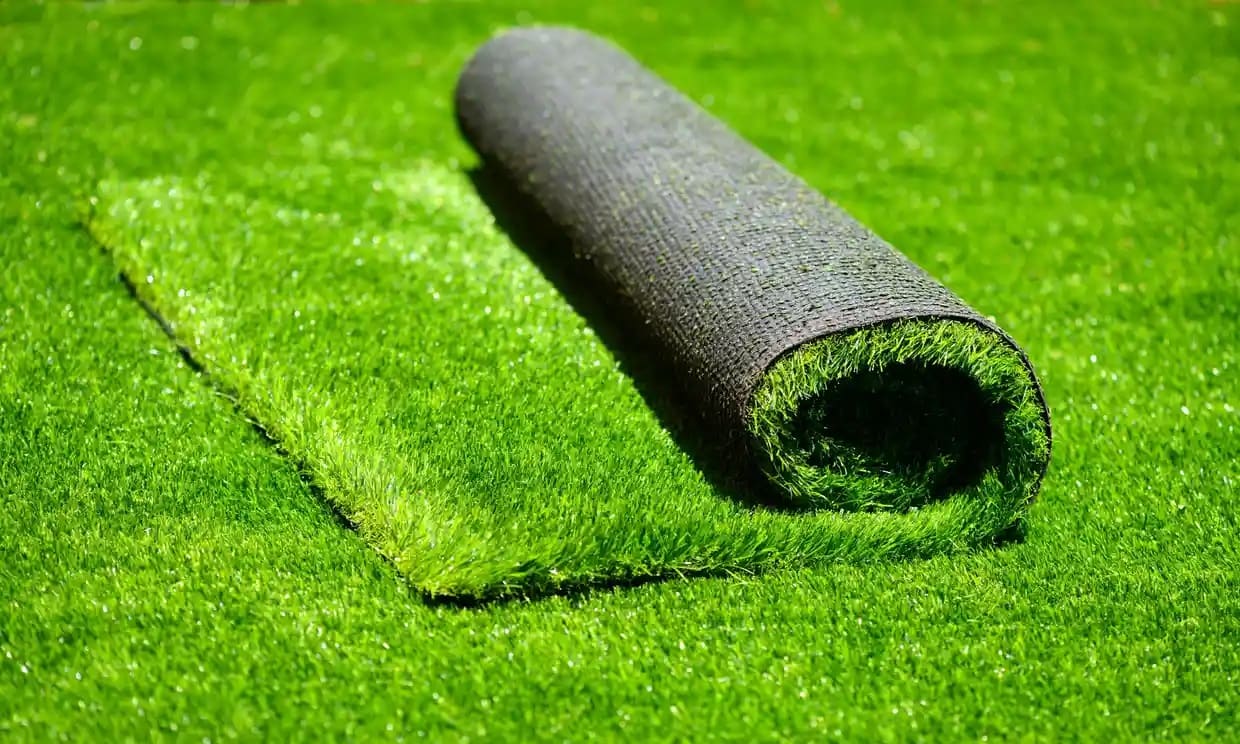

Garden Essentials
What Is Fake Grass Called
Modified: April 22, 2024
Discover the benefits of using fake grass, also known as artificial turf, in your garden. Create a low-maintenance and beautiful outdoor space with fake grass.
(Many of the links in this article redirect to a specific reviewed product. Your purchase of these products through affiliate links helps to generate commission for Storables.com, at no extra cost. Learn more)
Introduction
Welcome to the world of gardening! When it comes to creating a beautiful and lush outdoor space, one of the most important decisions you’ll make is choosing the right type of grass. Traditionally, natural grass has always been the go-to option. However, in recent years, a new alternative has been gaining popularity – fake grass, also known as artificial turf or synthetic grass.
Fake grass is a type of material designed to mimic the look and feel of real grass, without the hassle of maintenance. It offers several benefits that make it a tempting choice for many homeowners and garden enthusiasts. From saving time and water to providing a green and vibrant lawn all year round, fake grass has revolutionized the way we think about landscaping.
In this article, we will delve into the world of fake grass and explore the different names it goes by, the advantages it offers, the drawbacks to consider, the various types available, and the maintenance required. By the end of this journey, you will have a comprehensive understanding of fake grass and whether it is the right choice for your garden.
Key Takeaways:
- Fake grass, also known as artificial turf, offers a low-maintenance and year-round green lawn without the need for constant care. It saves time, water, and effort, making it an attractive option for homeowners.
- While fake grass provides convenience and aesthetic appeal, it comes with initial costs and considerations such as heat retention. However, the long-term benefits and cost savings make it a practical alternative to natural grass.
Read more: What Is The Fake Grass Called
Definition of Fake Grass
Fake grass, typically known as artificial turf or synthetic grass, is a type of material designed to imitate the appearance and texture of natural grass. It is made up of synthetic fibers, often composed of nylon, polypropylene, or polyethylene, which are manufactured to resemble the blades of real grass.
Unlike natural grass, fake grass does not require the same level of care and maintenance. It is created to be resilient and long-lasting, providing a consistent and vibrant green color throughout the year, regardless of the climate or weather conditions. This makes it an attractive option for those who desire a well-manicured lawn without the regular upkeep.
The manufacturing process of fake grass involves weaving the synthetic fibers into a backing material, which is usually made of a sturdy material like latex or polyurethane. This backing is then layered with a mixture of sand or rubber granules to provide stability and cushioning. The result is a durable and realistic-looking surface that closely resembles the feel and appearance of natural grass.
Additionally, fake grass often includes elements such as UV inhibitors to prevent fading from sunlight exposure and drainage systems to ensure proper water dispersal. These features contribute to its ability to withstand heavy foot traffic and adverse weather conditions.
It is important to note that while fake grass provides an aesthetically pleasing alternative to natural grass, it does not possess the same eco-friendly benefits. Natural grass aids in air purification, soil water retention, and wildlife habitat preservation. However, technological advancements in the production of fake grass have led to more environmentally friendly options, such as those made from recycled materials.
Overall, fake grass offers a convenient and low-maintenance solution for homeowners and gardeners who desire a beautiful and functional lawn, without the need for constant care and upkeep.
Different Names for Fake Grass
Fake grass, also known as artificial turf or synthetic grass, goes by several different names depending on the region and context. These names are often used interchangeably to refer to the same type of material. Here are some of the most common names for fake grass:
- Artificial Turf: This term is commonly used to describe fake grass, emphasizing the fact that it is an artificial alternative to natural grass. It is often used synonymously with fake grass or synthetic grass.
- Synthetic Grass: This name highlights the fact that the grass is made from synthetic materials rather than being natural. It is a broad term that encompasses various types and styles of fake grass.
- Fake Lawn: This name emphasizes the purpose of artificial turf as a replacement for natural grass. It is often used to describe the overall installation of fake grass in outdoor spaces.
- Plastic Grass: This term refers to the synthetic nature of the material. Fake grass is often made from plastic-based materials such as polyethylene or polypropylene, giving it its vibrant and durable characteristics.
- Faux Grass: Faux is a French word that means “fake” or “imitation.” This term is commonly used to describe any artificial material that resembles a natural counterpart. Faux grass is a popular name for synthetic turf.
- All-Weather Grass: This name highlights the durability and resilience of fake grass in various weather conditions. Unlike natural grass, fake grass is designed to withstand heavy rain, extreme heat, and cold temperatures, making it suitable for year-round use.
- Turf Carpet: This name emphasizes the carpet-like appearance and texture of fake grass. It is often used to describe the plush and soft feel underfoot when walking on synthetic grass.
While these names may vary, they all refer to the same concept of artificial grass and are used interchangeably depending on personal preference and regional jargon.
Benefits of Fake Grass
Fake grass, also known as artificial turf or synthetic grass, offers a range of benefits that make it an attractive option for homeowners and garden enthusiasts. Here are some of the key advantages of opting for fake grass:
- Low Maintenance: One of the most significant benefits of fake grass is that it requires minimal maintenance. Unlike natural grass, which needs regular mowing, watering, and fertilizing, artificial turf only requires occasional brushing or rinsing to maintain its appearance. This saves time, money, and effort in lawn care.
- All-Year Greenery: With fake grass, you can enjoy a lush green lawn throughout the year, regardless of the season or climate. It is not affected by drought or extreme weather conditions, providing a consistent and vibrant appearance that enhances the beauty of your outdoor space.
- Saves Water: Natural grass demands a significant amount of water to stay healthy and green, especially in arid regions or during dry seasons. Fake grass eliminates the need for regular watering, reducing water consumption and promoting water conservation.
- Enhanced Durability: Fake grass is designed to be highly durable and resilient, making it ideal for high-traffic areas such as backyards, sports fields, and playgrounds. It can withstand heavy footfall without becoming worn or damaged, ensuring that your lawn remains attractive and functional for years to come.
- No Pesticides or Fertilizers: Unlike natural grass, artificial turf does not require the use of pesticides or fertilizers to maintain its healthy appearance. This eliminates the need for chemical treatments, reducing exposure to harmful substances and promoting a safer environment for children and pets.
- Improved Drainage: Synthetic grass is designed with drainage systems that allow water to permeate through the surface, preventing the accumulation of puddles and muddy patches. This ensures proper water dispersal and reduces the risk of flooding or waterlogging in your outdoor space.
- Reduces Allergies: For individuals with grass allergies, fake grass provides a welcome relief. It does not produce pollen or other allergens, making it a more comfortable option for those who suffer from grass-related allergies or respiratory conditions.
- Cost-Effective: While the upfront cost of installing fake grass may be higher than natural grass, it offers long-term cost savings. With reduced maintenance requirements, such as no need for watering or mowing, you save on water bills, lawn care equipment, and professional services, making it a cost-effective option in the long run.
These benefits make fake grass an appealing choice for homeowners seeking a hassle-free, visually appealing, and eco-friendly alternative to natural grass. Whether you want a pristine lawn that stays green all year or a durable surface for outdoor activities, artificial turf can meet your needs while reducing the time and effort required for maintenance.
Drawbacks of Fake Grass
While fake grass offers several advantages, it is important to consider the potential drawbacks before making a decision. Here are some of the key disadvantages associated with fake grass:
- High Initial Cost: The upfront cost of installing fake grass can be higher compared to natural grass. The cost includes materials, labor, and equipment required for proper installation. However, it is important to note that the long-term cost savings in terms of maintenance and water usage can offset the initial investment.
- Artificial Appearance: Despite advancements in technology, fake grass may not always have the same aesthetic appeal as natural grass. Some people may find the appearance and texture of synthetic turf to be less authentic or visually pleasing. However, high-quality artificial turf can closely resemble the look and feel of real grass, minimizing this drawback.
- Heat Retention: Fake grass has the potential to absorb and retain heat, especially in direct sunlight. This can result in higher surface temperatures compared to natural grass, making it uncomfortable to walk on during hot weather. However, choosing lighter-colored or heat-resistant fake grass options can help mitigate this issue.
- Needs Proper Drainage: While fake grass is designed with drainage systems to prevent water buildup, it is still essential to ensure proper installation and adequate drainage in the underlying soil. Improper drainage can lead to water stagnation, which may cause odor and the growth of mold or bacteria.
- Limited Environmental Benefits: Unlike natural grass, which plays a role in air purification and soil water retention, fake grass does not offer the same environmental benefits. It does not contribute to the ecosystem or support wildlife habitat. However, opting for eco-friendly fake grass made from recycled materials can help minimize the environmental impact.
- Noisy and Hot Surfaces: In some cases, synthetic turf surfaces can create noise when walked on, especially if installed over hard surfaces. Additionally, during hot weather, the heat absorbed by fake grass can make the area above it hotter than natural grass. However, proper installation techniques and selecting the appropriate underlay materials can minimize these issues.
- Not Biodegradable: Fake grass is made from synthetic materials that do not biodegrade like natural grass. When it eventually reaches the end of its lifecycle, it needs to be disposed of properly. However, some manufacturers are working on developing more environmentally friendly options, such as recyclable or bio-based fake grass.
Considering these drawbacks alongside the benefits can help you make an informed decision about whether fake grass is the right choice for your specific needs and preferences. It is important to weigh the pros and cons and determine whether the advantages outweigh the potential disadvantages in your particular situation.
Fake grass is often referred to as “artificial turf” or “synthetic grass.” It is made from synthetic materials like plastic and is used as a low-maintenance alternative to natural grass.
Read more: What Is Fake Grass
Types of Fake Grass
Fake grass, also known as artificial turf or synthetic grass, comes in various types and styles to suit different preferences and applications. Here are some of the common types of fake grass:
- Nylon Fake Grass: Nylon is a durable and resilient material commonly used in the production of fake grass. It offers excellent resilience, making it suitable for areas with high foot traffic. However, nylon turf can have a stiffer texture compared to other materials.
- Polyethylene Fake Grass: Polyethylene is a popular material for fake grass due to its soft texture and natural appearance. It closely resembles real grass, providing a lush and realistic look. Polyethylene turf is often used in residential landscapes and commercial applications.
- Polypropylene Fake Grass: Polypropylene is a less expensive material used in the manufacturing of fake grass. While it may not offer the same level of durability as nylon or polyethylene, it is suitable for low-traffic areas and temporary installations. Polypropylene turf is commonly used for events, decorations, and play areas.
- Hybrid Fake Grass: Hybrid fake grass combines different materials to achieve specific characteristics. For example, a combination of polyethylene and nylon fibers can provide a balance between durability and softness. Hybrid turf is often used in sports fields and high-performance applications.
- Pile Height: Fake grass is available in different pile heights, which refers to the length of the grass fibers. Shorter pile heights typically range from 15-25mm and are suitable for decorative purposes or areas that require minimal maintenance. Longer pile heights, ranging from 30-50mm or more, provide a more lush and natural look.
- Color and Density: Fake grass comes in a range of colors to mimic the diversity of real grass varieties. It can be found in shades of green, ranging from light to dark, to match specific preferences or regional grass types. Additionally, the density of the grass refers to the number of fibers per square inch. Higher density turf provides a fuller and more luxurious appearance.
- Infill Options: Infill is a material used to stabilize fake grass and provide cushioning. Common infill options include sand and rubber granules. Sand infill improves stability, while rubber infill enhances shock absorption, making it suitable for sports fields and playgrounds.
- Specialized Fake Grass: Some fake grass varieties are specifically designed for particular applications. For example, pet-friendly turf is made with materials that resist staining and are easy to clean. Putting green turf is designed with a shorter pile height and specialized infill to create a smooth and consistent surface for golf enthusiasts.
When selecting the type of fake grass, consider factors such as the intended use, desired appearance, durability requirements, and budget. Consulting with a professional or supplier can help in determining the most suitable type of fake grass for your specific needs.
Maintenance of Fake Grass
Fake grass, also known as artificial turf or synthetic grass, requires minimal maintenance compared to natural grass. However, some basic care is necessary to keep it looking its best and ensuring its longevity. Here are some important maintenance tips for fake grass:
- Regular Brushing: Periodically brush the fake grass to keep the blades upright and maintain a natural appearance. This helps prevent matting and keeps the grass looking fresh. A stiff broom or a specialized brush can be used for this task.
- Cleaning: To remove dust, debris, and pet hair, it is recommended to occasionally rinse the fake grass with water. This can be done using a garden hose or a pressure washer on low pressure. Avoid using harsh chemicals or detergents that may damage the grass fibers.
- Removing Stains: In case of spills or stains, attend to them promptly. Blot the affected area with a clean cloth and mild soap mixed with water. Avoid using bleach or strong chemicals that may discolor or damage the grass. Rinse thoroughly after cleaning.
- Pet Waste: If you have pets, promptly remove solid waste from the fake grass and rinse the area with water. For urine, regular rinsing and occasional use of a pet-friendly disinfectant can help maintain hygiene and prevent odors.
- Drying: After rain or cleaning, allow the fake grass to dry. Avoid using the lawn immediately after washing or heavy rain to prevent slipping and damage. Allow sufficient time for the turf to dry completely before resuming regular activities.
- Leaf and Debris Removal: Regularly remove leaves, twigs, and other debris from the fake grass. This can be done using a leaf blower, a rake, or by hand. Accumulation of debris can impede proper drainage and encourage the growth of mold or moss.
- Inspect for Damage: Regularly inspect the fake grass for any signs of damage, such as tears, loose seams, or compacted areas. Address any issues promptly to prevent further damage and maintain the integrity of the turf.
- Occasional Grooming: Depending on the type of fake grass, it may require occasional grooming. This can involve using a special brush or rake to fluff up the fibers and redistribute infill material for an even appearance.
- Avoiding Heavy Objects: To prevent crushing and compaction, avoid placing heavy objects on the fake grass for extended periods. This can lead to unevenness and affect the overall aesthetics of the lawn.
- Professional Maintenance: Occasionally, it may be beneficial to seek professional maintenance for your fake grass. This can include deep cleaning, repair of any damages, or infill replenishment to ensure proper performance and longevity.
By following these maintenance tips, you can ensure that your fake grass remains in good condition and continues to provide a beautiful and low-maintenance alternative to natural grass. Adhering to a regular maintenance schedule will help extend the lifespan of your artificial turf and keep it looking lush and vibrant for years to come.
Cost of Fake Grass
When considering fake grass, also known as artificial turf or synthetic grass, it is important to factor in the cost of installation and maintenance. The cost varies depending on various factors, including the type of fake grass, size of the area, and any additional features or customization. Here are some key aspects to consider when evaluating the cost of fake grass:
- Material Cost: The cost of fake grass is primarily determined by the type of material used. Nylon turf tends to be more expensive due to its durability and resilience, while polyethylene and polypropylene options are generally more affordable. Higher quality materials often come at a higher price point as well.
- Installation: The cost of installing fake grass typically includes labor and materials. The complexity of the installation, such as the level of site preparation required, can affect the overall cost. Additionally, if you choose to hire professionals for installation, the cost will be higher compared to a DIY installation.
- Site Preparation: Proper site preparation is crucial for a successful fake grass installation. This may include removing existing vegetation, leveling the ground, and adding a base material for stability. If significant site preparation is needed, it can add to the overall cost.
- Size of the Area: The size of the area to be covered with fake grass directly impacts the cost. Larger spaces will require more materials and labor, increasing the overall expense. It is important to measure the area accurately to estimate the required amount of fake grass.
- Additional Features: If you opt for additional features such as drainage systems, specialized infill, or customization options, the cost may be higher. These features can enhance the performance or aesthetics of the fake grass but come at an additional expense.
- Maintenance: Fake grass generally requires less maintenance compared to natural grass, but there may still be some associated costs. This can include occasional cleaning, grooming, and infill replenishment. While these costs are typically minimal, they should be considered as part of the overall expenditure.
- Long-Term Savings: Although the initial cost of fake grass may be higher than that of natural grass, it is important to consider the long-term savings. With reduced water usage, lawn care expenses, and fewer replacements required, fake grass can offer significant cost savings over time.
To get an accurate estimate of the cost for your specific project, it is recommended to consult with reputable suppliers or contractors. They can assess your requirements, provide detailed cost breakdowns, and offer guidance on selecting the most suitable fake grass within your budget.
Overall, while fake grass may entail an initial investment, the long-term benefits and cost savings can make it a worthwhile investment for those seeking a low-maintenance and visually appealing alternative to natural grass.
Conclusion
As we conclude our exploration of fake grass, it is clear that this alternative to natural grass offers numerous benefits and considerations. Fake grass, also known as artificial turf or synthetic grass, provides a low-maintenance solution for homeowners and garden enthusiasts who desire a beautiful and functional outdoor space without the hassle of regular maintenance.
Throughout this article, we have discussed the definition of fake grass, the different names it goes by, the advantages it offers, the drawbacks to consider, the various types available, and the maintenance it requires. We have learned that fake grass requires minimal upkeep compared to natural grass, saving time, money, and effort in lawn care. It remains green and vibrant all year round, regardless of weather conditions, and helps conserve water by eliminating the need for regular watering.
However, it is important to keep in mind some drawbacks, such as the initial cost, the potential for heat retention, and the lack of environmental benefits compared to natural grass. These considerations should be weighed against the convenience and aesthetic appeal that fake grass provides.
When choosing fake grass, it is essential to select the right type based on your specific requirements, such as durability, appearance, and budget. Factors like pile height, color, infill options, and additional features can also contribute to the overall satisfaction with your artificial turf installation.
In conclusion, fake grass offers a practical and attractive alternative to natural grass. It provides a green and lush lawn all year round, with minimal maintenance and water requirements. While there are costs and considerations associated with fake grass, the long-term benefits and cost savings make it an appealing choice for those seeking a hassle-free and visually pleasing outdoor space. Whether you desire a pristine lawn, a recreational area, or a pet-friendly surface, fake grass can meet your needs and transform your garden into a vibrant and functional oasis.
Frequently Asked Questions about What Is Fake Grass Called
Was this page helpful?
At Storables.com, we guarantee accurate and reliable information. Our content, validated by Expert Board Contributors, is crafted following stringent Editorial Policies. We're committed to providing you with well-researched, expert-backed insights for all your informational needs.
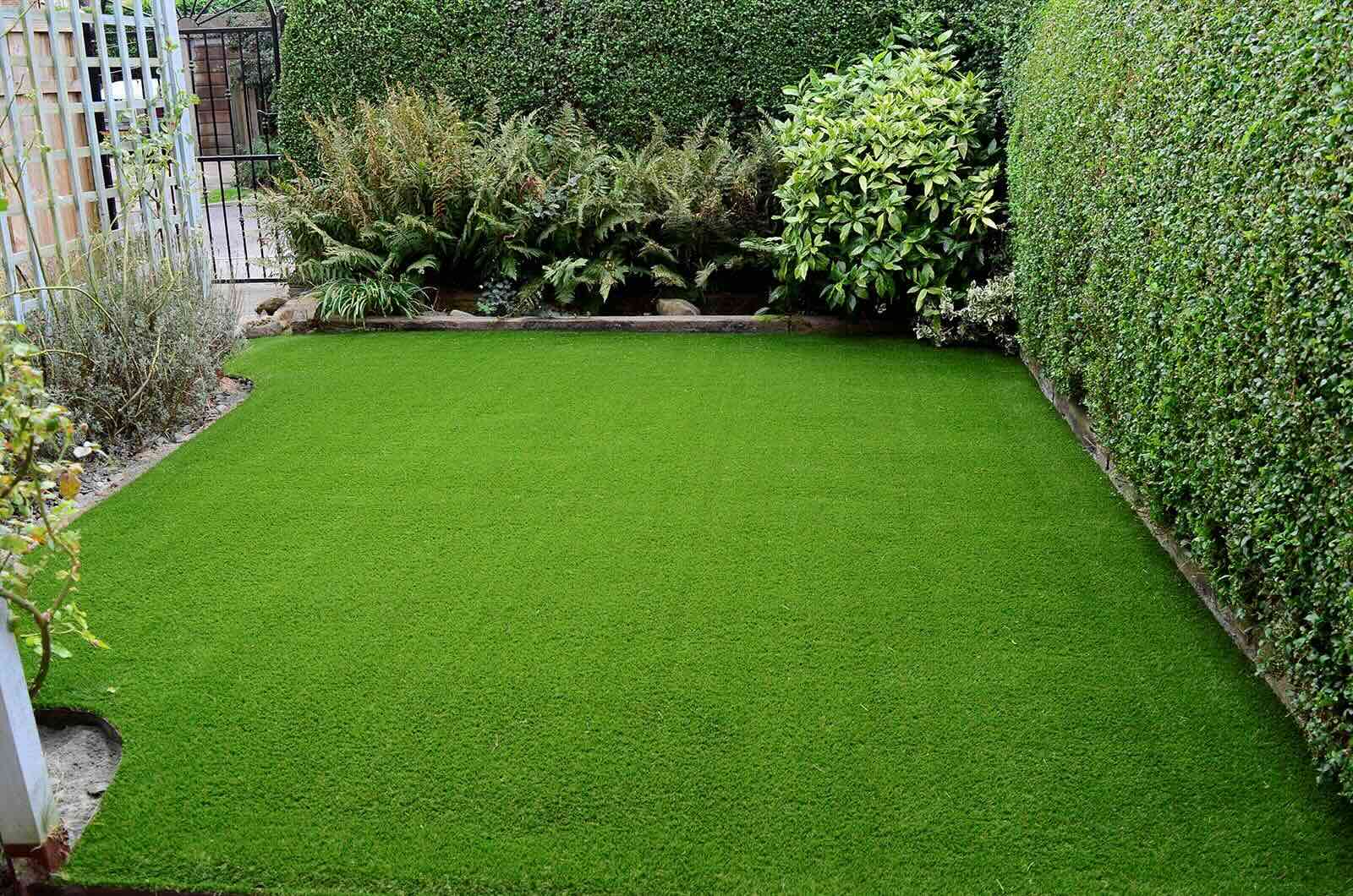
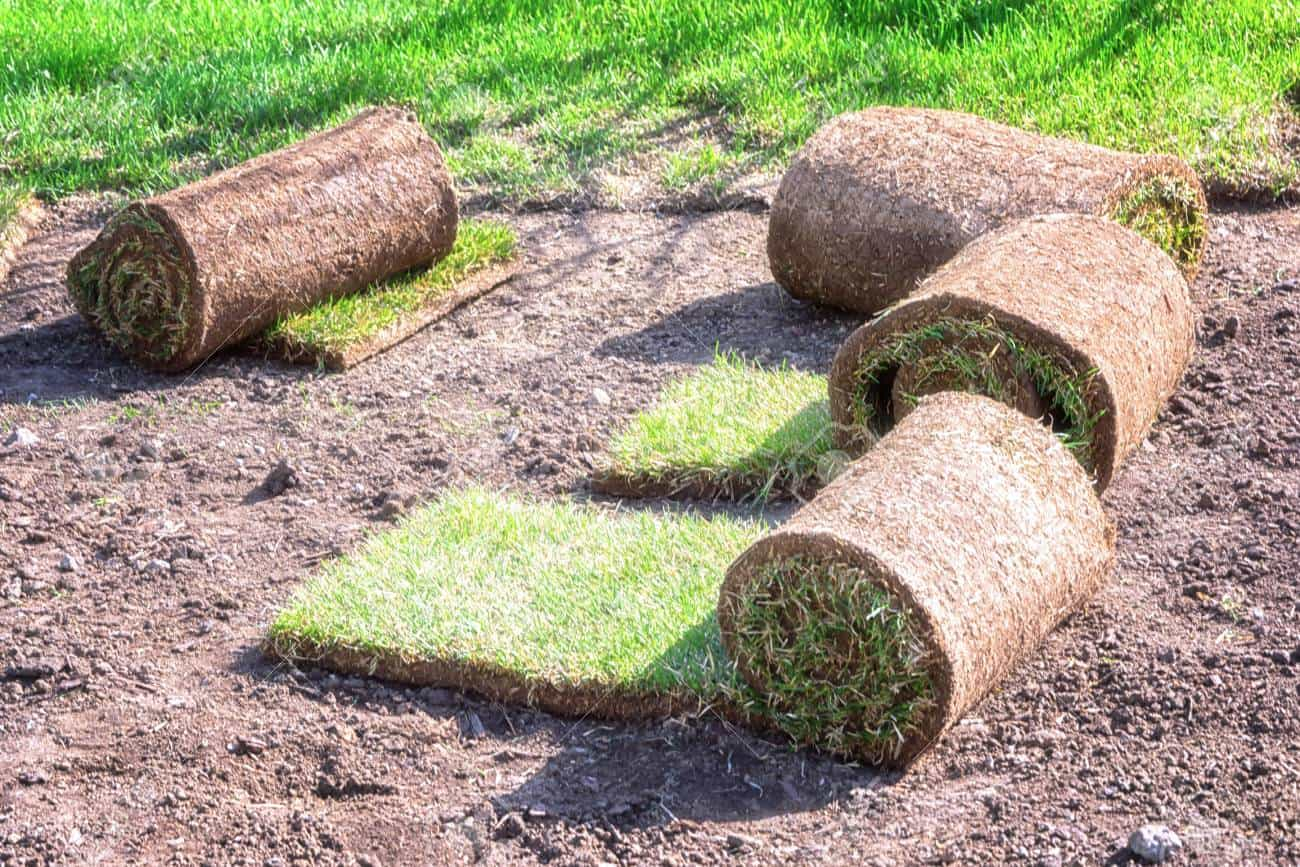
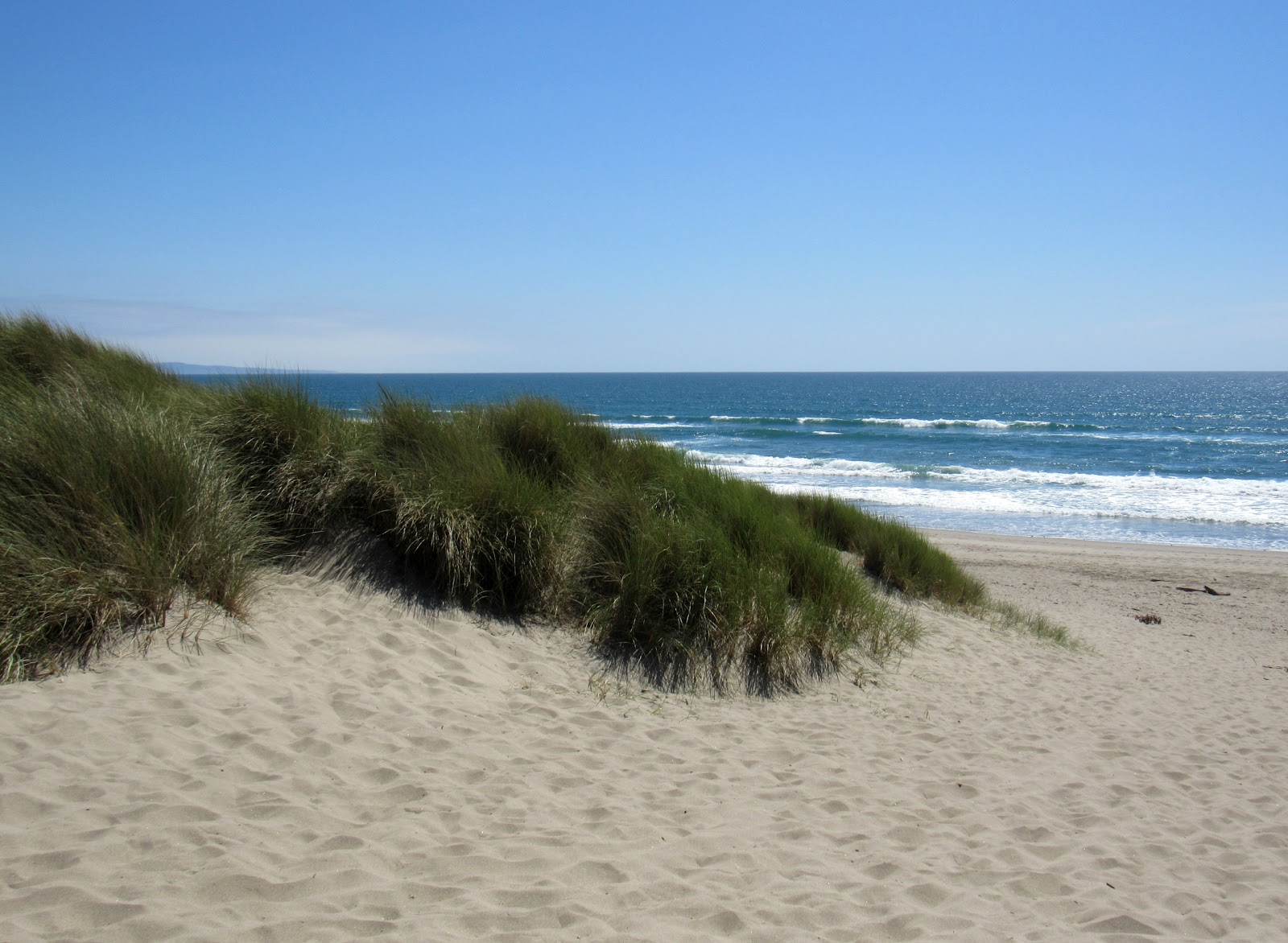
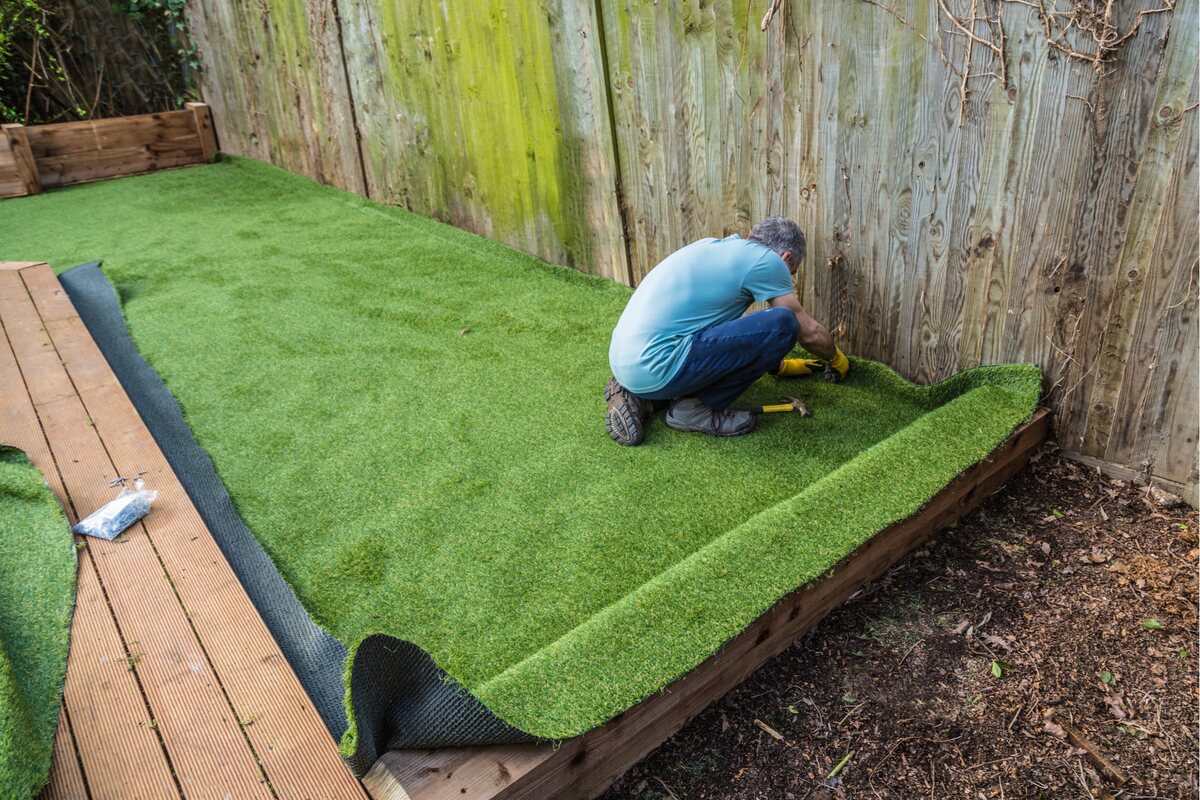
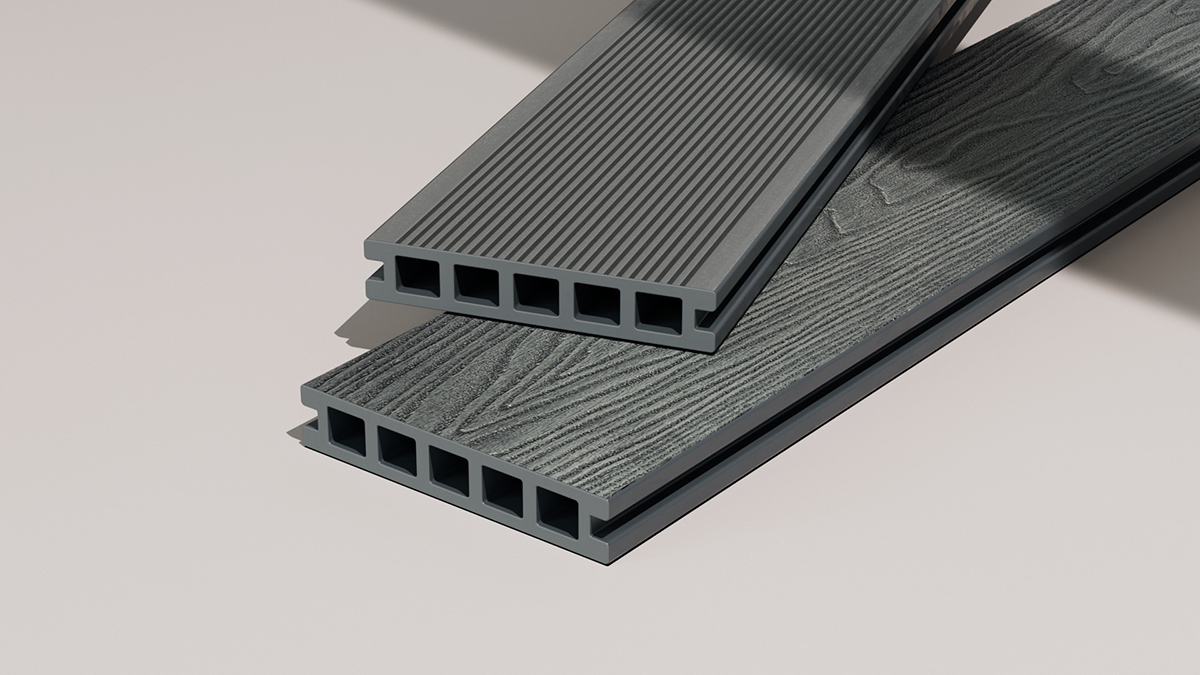
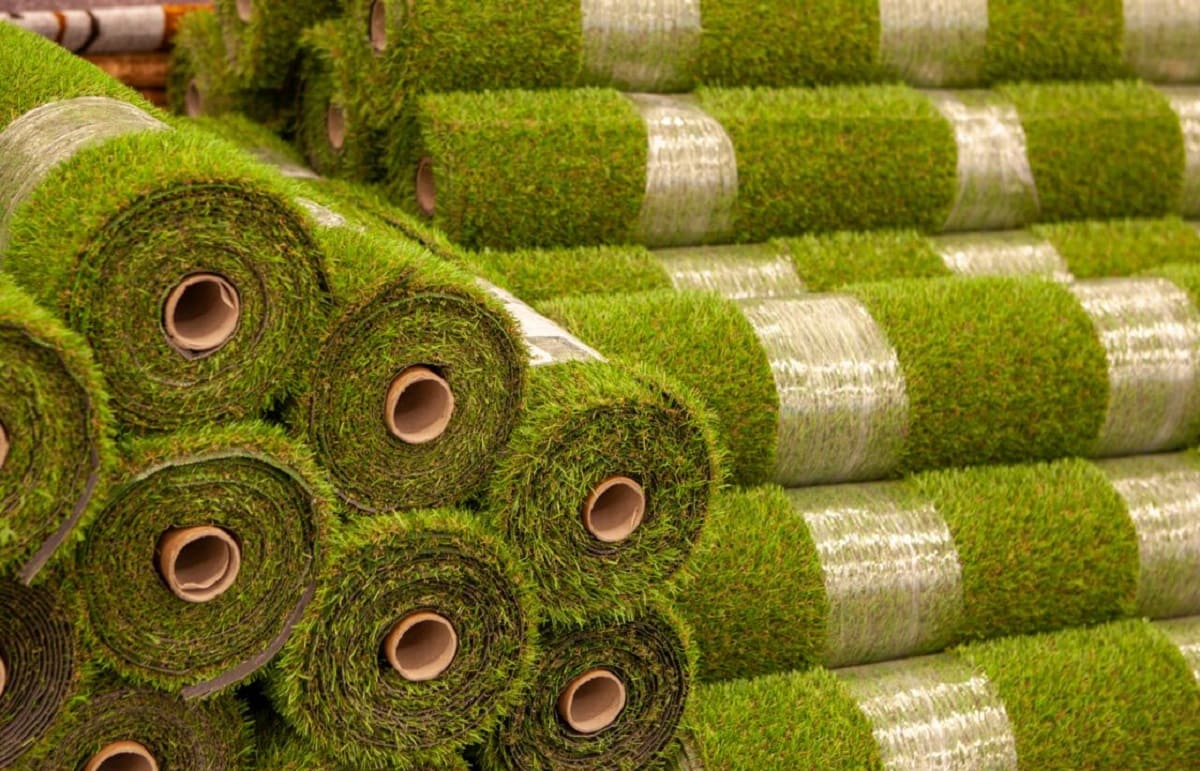
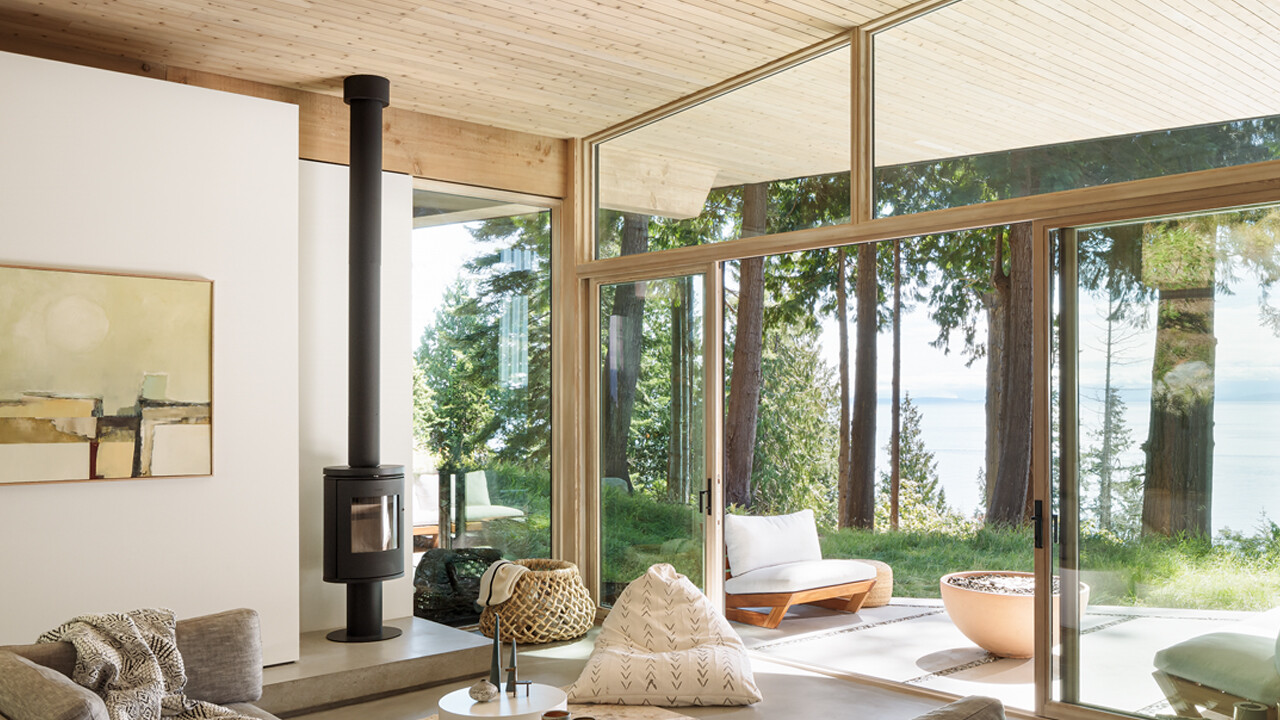
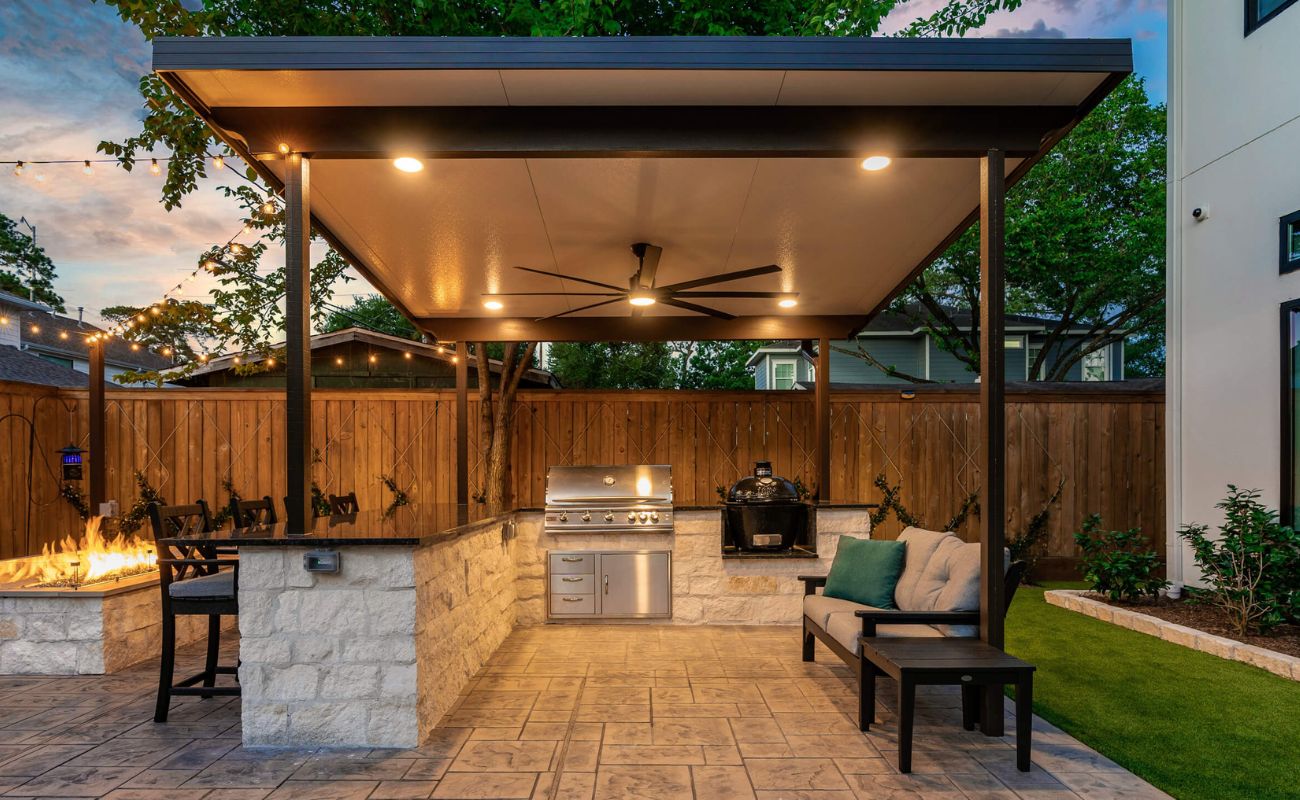
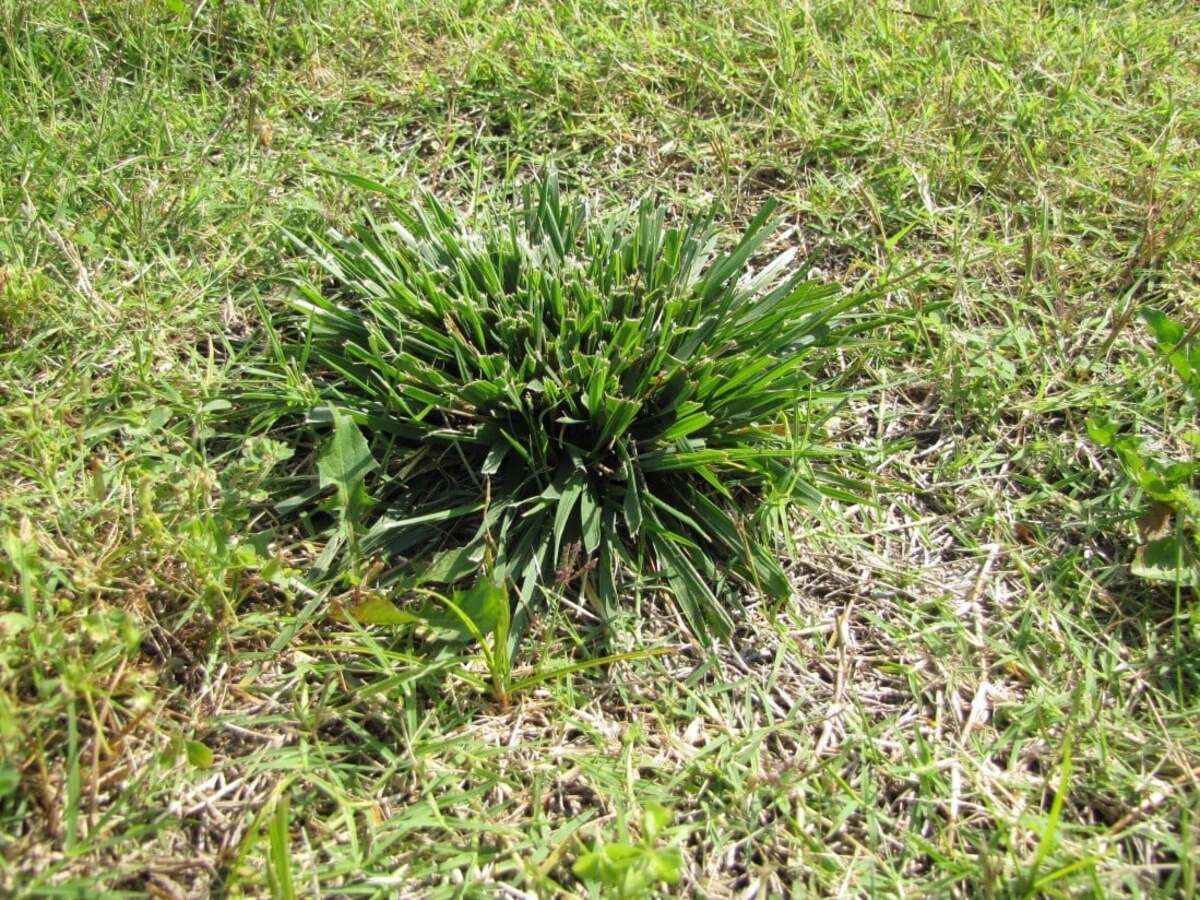
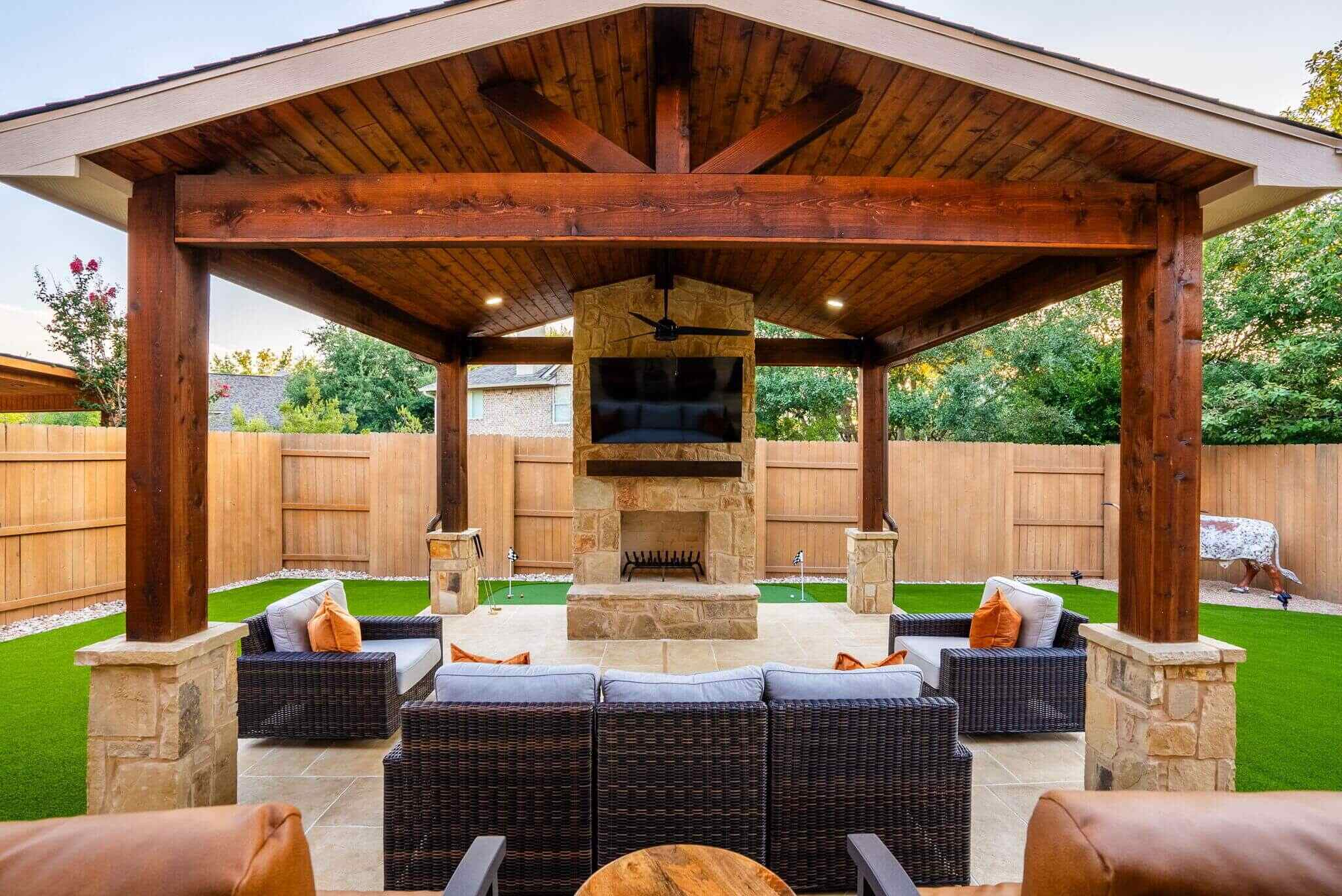
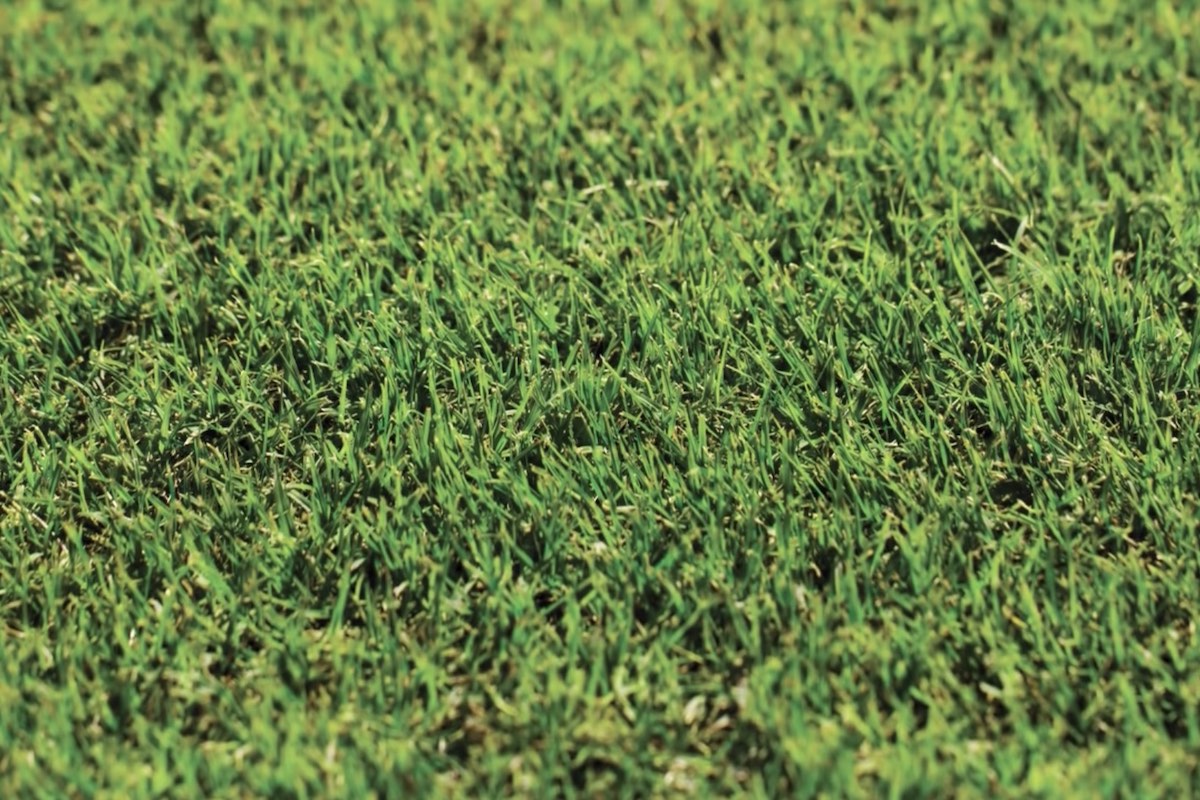
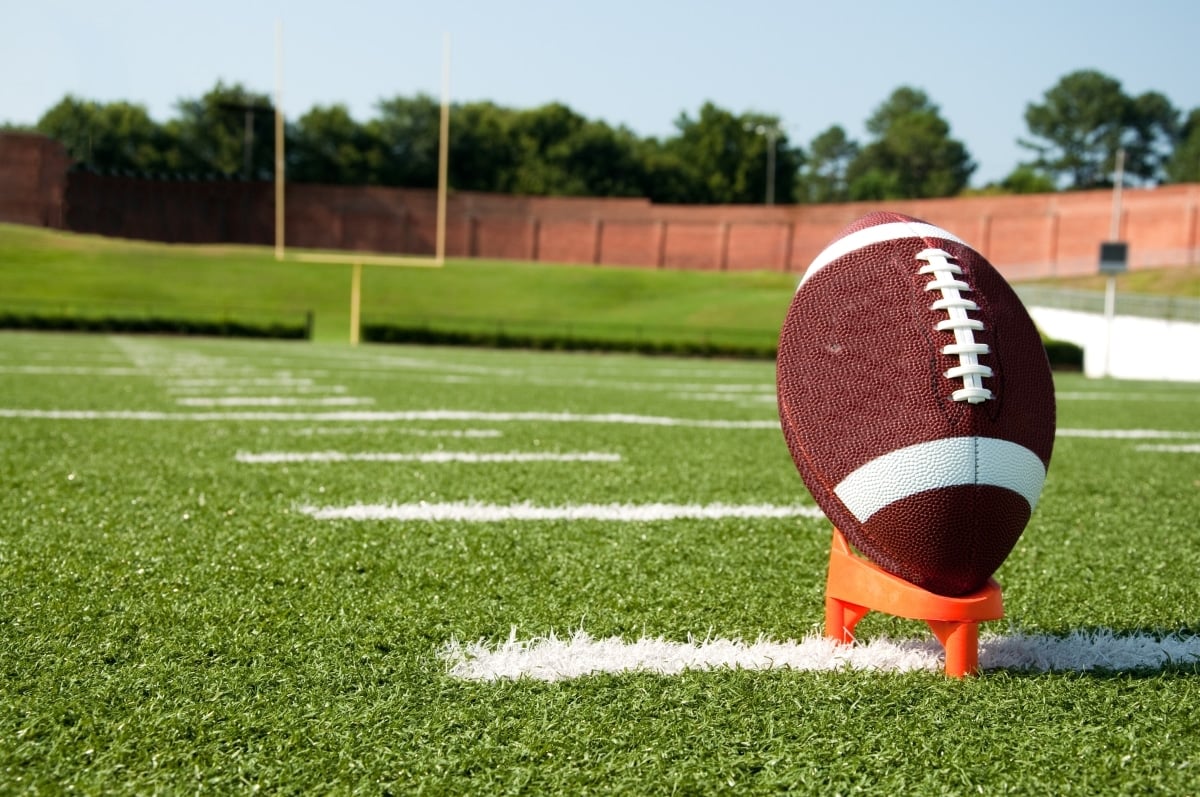
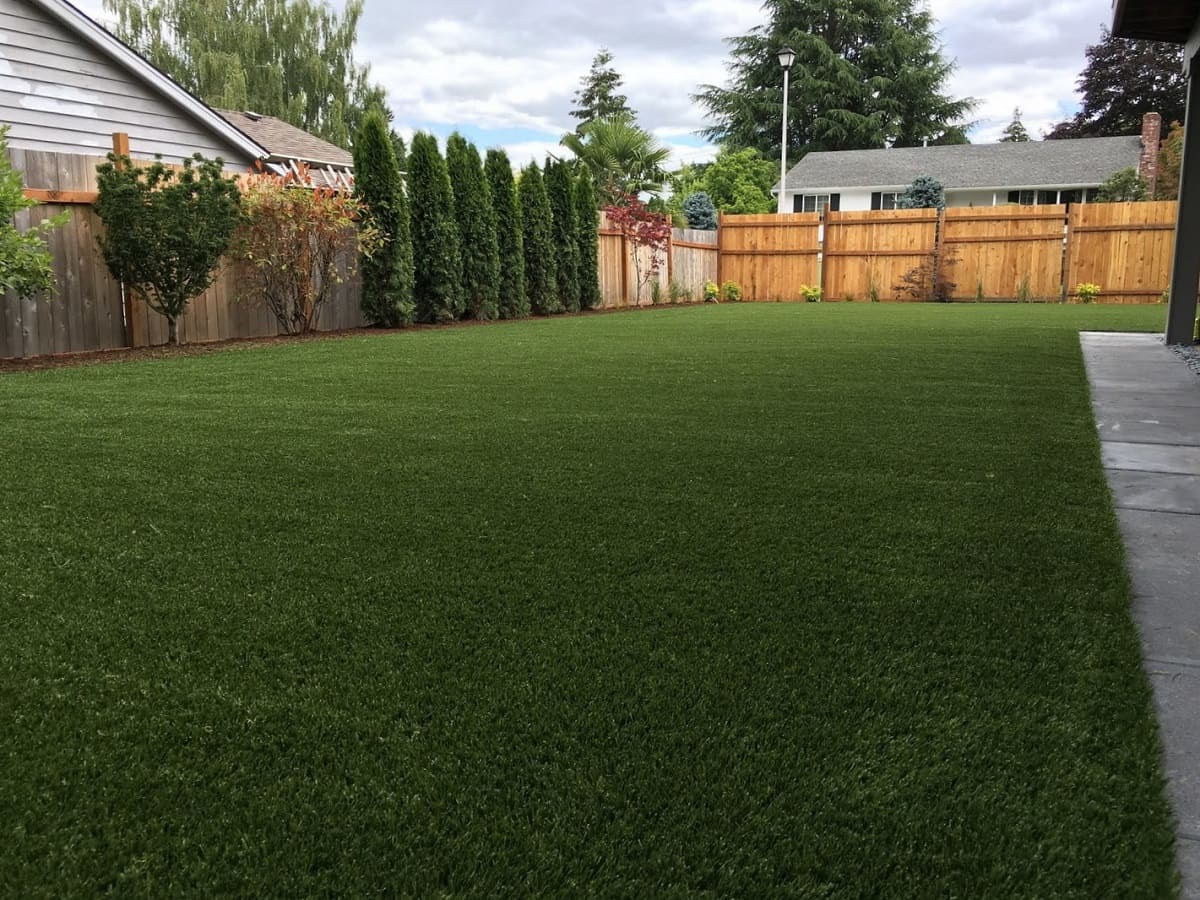
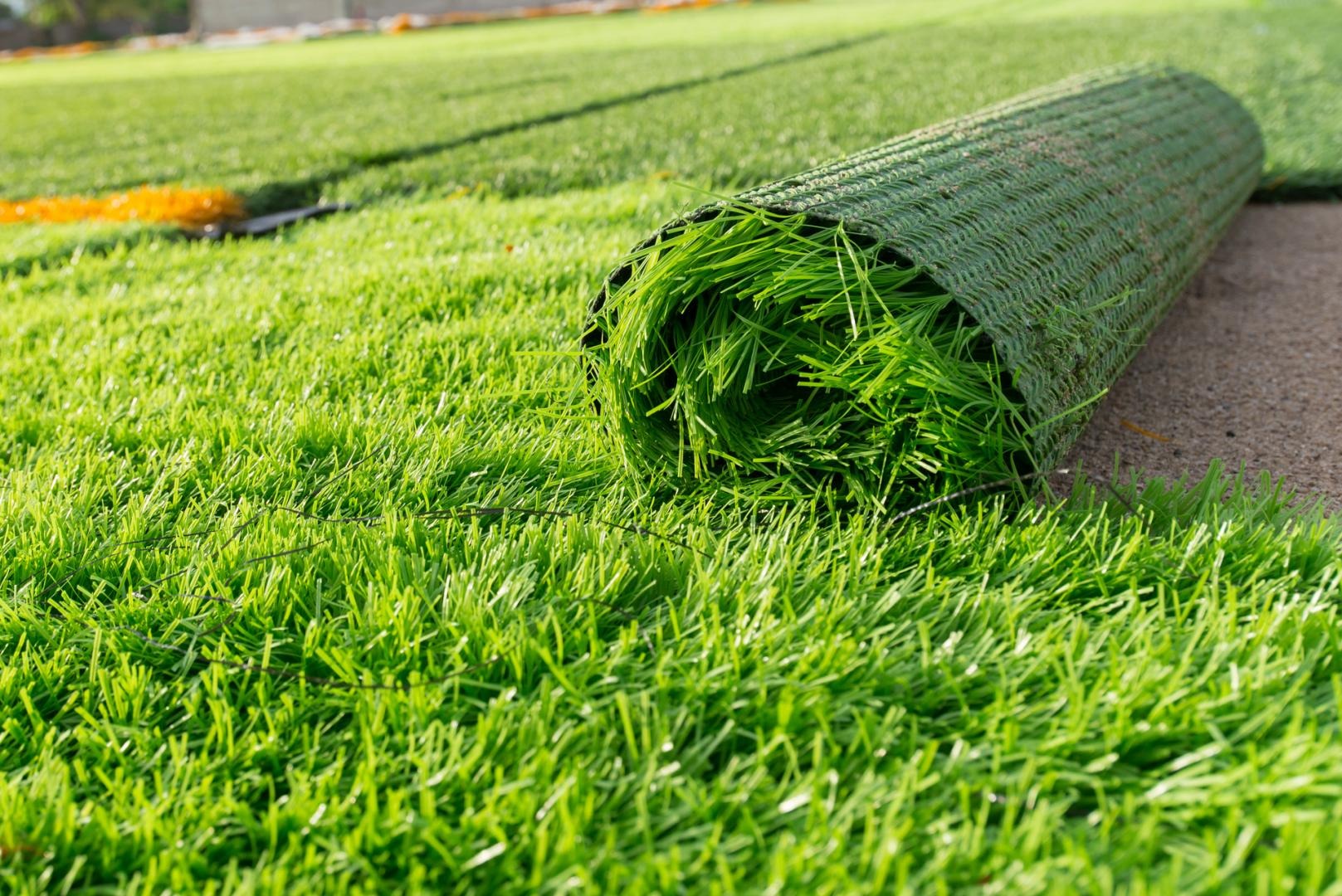

0 thoughts on “What Is Fake Grass Called”